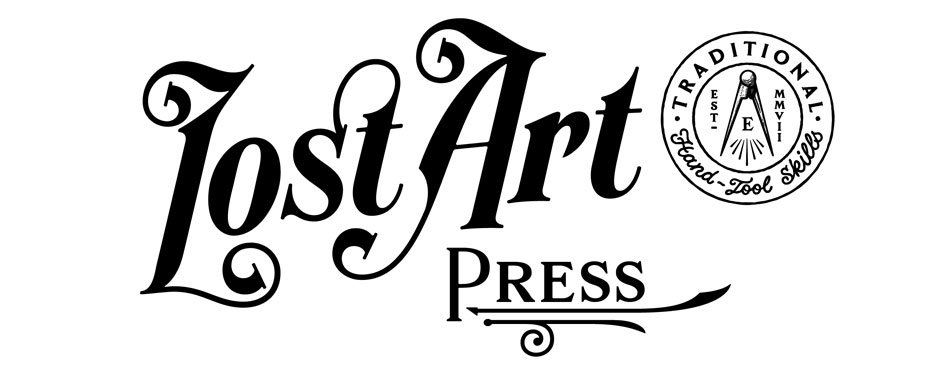After two years of enduring our search for an old building in Covington, our real estate agent showed us something a bit different. It was a large and beautiful unit in an old commercial building. There was a storefront on the bottom. Living space up above. But here’s what was different than every other place we’d seen:
The entire building had been gutted and redone with new everything – mechanicals, plaster, flooring, windows. It even had off-street parking. All we had to do was pick the paint colors. The price was a bit higher than we wanted to pay. But to that the agent said:
“By the time you fix up a place in your price range, you’ll have spent way more than this place costs.”
She was absolutely right. I knew it the moment she said it. But still we said, no thanks.
For me, fixing up an old building is about uncovering the original intent of the builder, removing as much of the modern “improvements” as possible and gently restoring the place back to its original appearance.
During the restoration of the storefront area at 837 Willard Street, we’ve removed thousands of feet of wiring, lots of plumbing and significant amounts of silly ductwork. From the building’s floor, I think we’ve pulled up almost 3” of old floor. The plaster walls had been layer caked in plywood, wainscotting, then stud walls, drywall and then ridiculous moulding.

On Saturday we turned our attention to the garage out back, which will become my machine room. It’s a circa 1905 cinderblock structure that was listed on the city’s fire insurance maps as a stable. So we call it the “horse garage.”
Most of the advice from my friends and neighbors has been along the lines of, “Tear it down and build what you want. It will look better and be cheaper.”
They’re probably right. But that thought won’t enter my head. Once you tear down an old building, it’s gone forever. You can’t bring it back. If a structure can be saved, I think it should be saved.
I may someday regret this attitude. And that day may come this week.

Megan Fitzpatrick, Justin Leib and Brendan Gaffney all pitched Saturday in for a full day of demolition, which filled a 20-yard roll-away dumpster. (I’ll probably have to fill it twice more as I remove the modern gabled roof this week.)
As in the main structure, the stable was layers and layers of crap on the walls and ceilings. The most interesting find from the day was evidence that the stable had been used as a small apartment or house, probably in the 1960s. One of the stable doors had been altered to have a window surrounded by plaster. The other stable door had been converted into an entryway door. And a good deal of abandoned plumbing pointed out where a bathroom and kitchen had been.

Despite all the dust, bugs and debris, we did have one good omen on Saturday: We didn’t find any glitter.
And now to the roof.
— Christopher Schwarz, editor, Lost Art Press
Personal site: christophermschwarz.com



![IMG_2262[1]](https://i0.wp.com/blog.lostartpress.com/wp-content/uploads/2017/09/img_22621.jpg?resize=640%2C853&ssl=1)



![IMG_2263[1]](https://i0.wp.com/blog.lostartpress.com/wp-content/uploads/2017/09/img_22631.jpg?resize=640%2C853&ssl=1)




